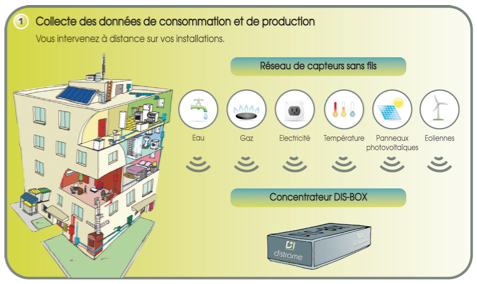Voici un petit tutoriel pour tous ceux qui souhaiteraient installer Apache Tomcat sur un QNAP.
Tout d’abord, téléchargez Java ainsi qu’Apache Tomcat et copiez le sur votre NAS.
Voici les chemins d’installation de Java et d’Apache Tomcat que j’ai utilisé :
- Java : /share/Qweb/java6
- Tomcat : /share/Qweb/tomcat6
J’ai ensuite crée le fichier tomcat.sh à la racine de tomcat6.
#!/bin/sh #Tomcat auto-démarrage #Auteur : Cyril GRANDJEAN #Description : Auto-démarrage de tomcat #Nom du processus : tomcat #PID : /var/run/tomcat.pid RETVAL=0 QPKG_NAME="tomcat6" _exit() { /bin/echo -e "Error: $*" /bin/echo exit 1 } JRE_HOME="/share/Qweb/java6" CATALINA_HOME="/share/Qweb/tomcat6" case $1 in start) sh /share/Qweb/tomcat6/bin/startup.sh ;; stop) sh /share/Qweb/tomcat6/bin/shutdown.sh ;; restart) sh /share/Qweb/tomcat6/bin/shutdown.sh sh /share/Qweb/tomcat6/bin/startup.sh ;; *) echo "Usage: $0 {start|stop|restart}" exit 1 esac exit $RETVALEnsuite, pour pouvoir l’utiliser comme un package sur l’interface du QNAP, j’ai rentré les commandes suivantes :
echo "[tomcat6]" >> /etc/config/qpkg.conf echo "Name = Tomcat6" >> /etc/config/qpkg.conf echo "Version = 6.0" >> /etc/config/qpkg.conf echo "Enable = TRUE" >> /etc/config/qpkg.conf echo "Shell = /share/Qweb/tomcat6/tomcat.sh" >> /etc/config/qpkg.confVous pouvez maintenant utiliser Apache Tomcat sur votre QNAP.








